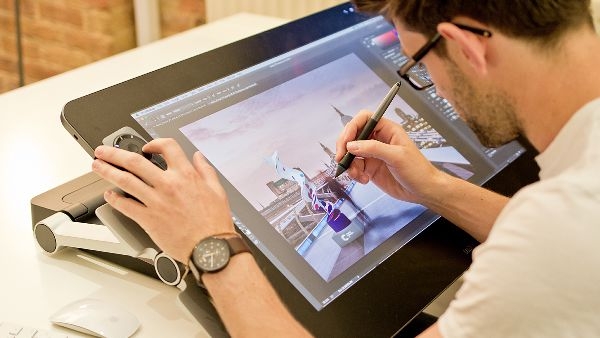From time immemorial, artists have always used paraphernalia of art supplies for painting. Thanks to the advent of the digital age, they have broken free of all those tools. However, the overwhelming number of brands offering drawing tablets often confuse buyers with comparisons like XP Pen vs Huion that arevery common. Many artists get so frustrated with the options available that they end up purchasing a generic drawing tablet and later realize that it is not up to the mark.
Here is a buyer’s guide to knowing about the ins and outs of these devices so that artists can find one to take their art to the next level.
Pressure Sensitivity
The pressure sensitivity levels of drawing tablets are between 300 to 3000. In other words, the harder pressure one puts on the stylus, the thicker the line will be. A higher number of pressure levels is beneficial to create better distinctions in the lines’ thickness, helping the artist develop high-resolution drawings. If an artist is trying digital art for the first time, his tablet should have a minimum of 1024 pressure levels. For advanced and experienced digital artists, 2048 pressure level tablets are perfect.
Resolution
The number of lines per inch in the tablet’s display of and how much it can identify from the stylus is called resolution. The LPI is directly proportional to the detailing the artist adds to the drawings. If the tablets have the same size, the difference in their resolution is not always significant. However, larger tablets have more resolution than their smaller counterparts.
Size
While talking about the drawing tablet’s size, an artist has to consider the following.
The active area size: The active area is the part where the artist draws. If this part of the tablet is big, the artist need not zoom and pan to work on larger drawings.
The total device’ size: While checking the specifications, it is imperative that the searcher has a clear idea about the full size of the device and does not confuse it with the active area. The overall size includes the tablet casing and the area surrounding it.
Stylus Type
There are three types of styluses in drawing tablets, and each device comes with one of these.
Battery-powered styluses: Large and thick styluses with batteries are called battery-powered styluses. One should always be equipped with additional batteries while using these styluses to ensure that the work does not stop midway.
Rechargeable styluses: Styluses that need to be charged like a phone are called rechargeable styluses. If the charge dies, you cannot draw without charging them again. They are comfortable to hold when compared to those powered by a battery.
EMR styluses: EMR styluses have electromagnetic frequencies to transmit the power from the tablet to the pen without using any wire.
No matter which stylus the artist chooses, he has to make sure that it is convenient to hold and work, and it does not slip from his hands.
Starters do not need all the features of a drawing tablet, even if they have to create high-resolution pictures. Interested artists can read online reviews and compare features of different brands like XP-Pen vs. Huionor Wacom vs. Ugee. For choosing the right tablet, they should also be aware of what type of picture they will draw and whether they will be able to handle it.
